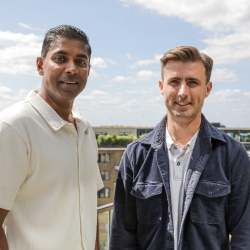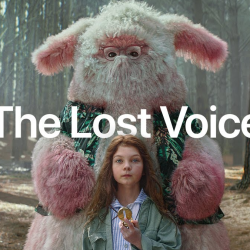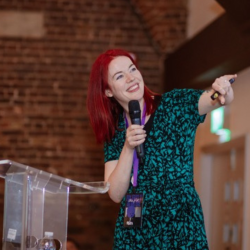With rapid technological change, businesses are constantly having to keep up
A willingness to disrupt what has gone before is a key requisite for any leader today. But when it comes to effecting change within a business or a brand, it’s not always about moving fast and breaking things. More often than not the most effective strategies for large-scale change are a roadmap of well-planned, incremental changes that are consistently reviewed and tweaked. That’s not to say that there is no place for radical brand overhauls — Taco Bell quickly went from cheap fast food to teen lifestyle brand by switching its audience and positioning its restaurants as an ‘experience’ — but the greater the change, the greater the risk.
Take Elon’s Musk’s radical approach to repositioning Twitter to ‘a global marketplace for ideas, goods, services and opportunities’. Musk shocked users by scratching out the platform’s decade-old little blue bird with an X (literally). The move was rushed through so quickly that workers removing the brand’s iconic logo from its HQ were stopped by San Francisco police because they didn’t have a permit.
The internet reacted with anger, confusion and hilarity, with people comparing Elon Musk’s vision for Twitter with a cringe-inducing tech pitch from Kendall Roy in Succession. Musk’s tumultuous shake-up of Twitter might have gotten him a lot of attention, but it hasn’t helped his business, as advertisers continue to rein in their spending on the platform.
Now, compare this with Spotify which, since it launched in 2006, has revolutionised how we consume music. Launched in 2008 as a start-up music-streaming site, competing with the likes of iTunes and Amazon Music, the platform has evolved into a multi-faceted hub for music lovers. Releasing an app in-line with the growing popularity of smartphones, Spotify continued to grow and improve through collaborations with third-parties; think TuneWiki for lyrics, CrowdAlbum for photography, and Billboard for lists and charts.
Understanding users’ desire for personalisation…
Spotify then went on to introduce specially curated playlists such as the ‘Release Radar’, which provides listeners with new music based on their listening habits. And herein lies the root of Spotify’s success; its brilliant use of data. By now, even those who have remained loyal to iTunes will be aware of Spotify’s annual wrap-up, which allows users to see their year in music (for better or for worse).
And the platform answered users’ desire for connection during the isolated years of Covid-19 through simultaneous streaming, where groups of friends or family can listen to one playlist, together, remotely.
By listening to its users and understanding the impact of cultural and societal changes, Spotify has organically evolved into the entertainment hub it always aimed to be without alienating or confusing audiences; demonstrating the power of incremental, data-led changes. As a strategy, this might sound less exciting than a radical logo change or complete market repositioning, but the results can be truly revolutionary.
Featured image: larry penaloza / Pexels






























